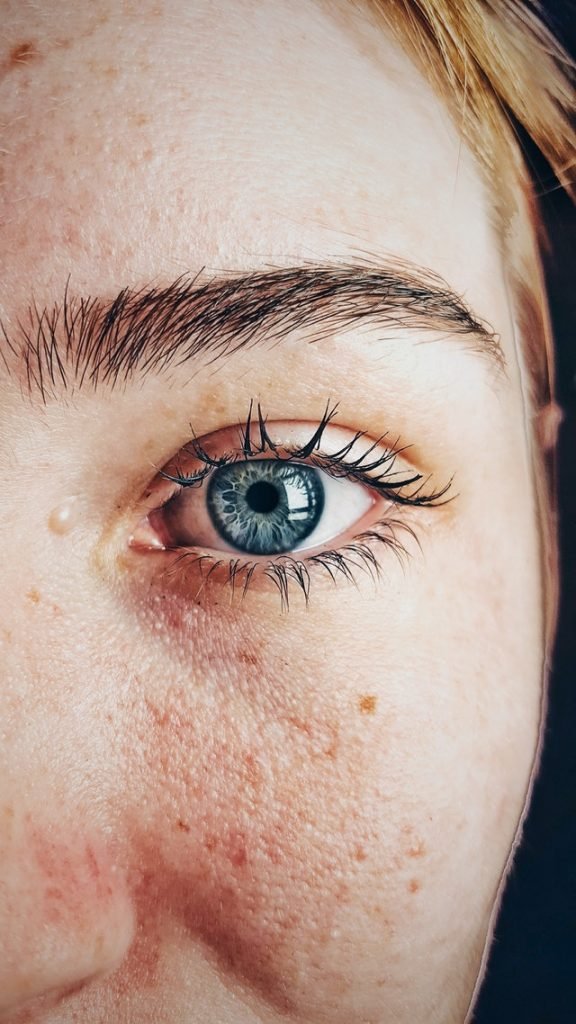
The stye – medically hordeolum – is an inflammation of the eyelid. In most cases it is caused by staphylococci, but sometimes also by streptococci. A purulent abscess forms on the eyelid, about the size of a grain of barley – hence the name.
Usually it is a harmless inflammation that disappears after a few days. However, frequent occurrence may indicate a weakening of the immune system. Make-up or contact lenses also increase the risk of infection. The swelling can be uncomfortable and painful, not least because it rubs against the eye when you blink.
Homeopathic remedies are helpful in relieving pain and other ailments.
Which homeopathic remedies help?
Physical symptoms are described below. Choose a homeopathic remedy for stye that best suits your situation.
Sulfur
recurring styes with persistent inflammatory hardening. You keep rubbing your eyes. Heat is not tolerated, the symptoms improve when it is cold.
Pulsatilla
with recurring styes, especially on the upper eyelid, the eyelids are red and swollen. There is a whitish yellow secretion in the corner of the eye. Fresh air and cold improves the condition.
Lycopodium
the stye is closer to the inner corner of the eye.
Staphysagria
the stye appears suddenly, with dry eyes and crusting. The left eye is often affected. The edges of the lids and corners of the eyes are inflamed and cracked. Triggers are psychological stress, disputes and humiliation.
Graphites
The skin of the affected eyelid is dry, swollen, and red. The secretion is honey yellow. The stye causes a burning pain and there is great sensitivity to artificial light.
Juglans regia
The edges of the eyelids itch first, then burn inflamed as a preliminary symptom of styes (hailstones). The inflammation occurs on the lower edge of the eyelid.
Causes
- bacterial infection
Favorable Factors
- weakened immune system
- diabetes mellitus
- acne
Symptoms
- Red and swollen eyelid
- touch sensitivity
- feeling of tension
- Pains
Further tips and information on treatment
Although usually harmless to health, not treating a stye can spread the germs. Wet envelopes should be avoided. It should also be noted that the pathogen is transmissible, so care should be taken when it comes to skin contact with other people. Rubbing with your fingers is also not advisable.






